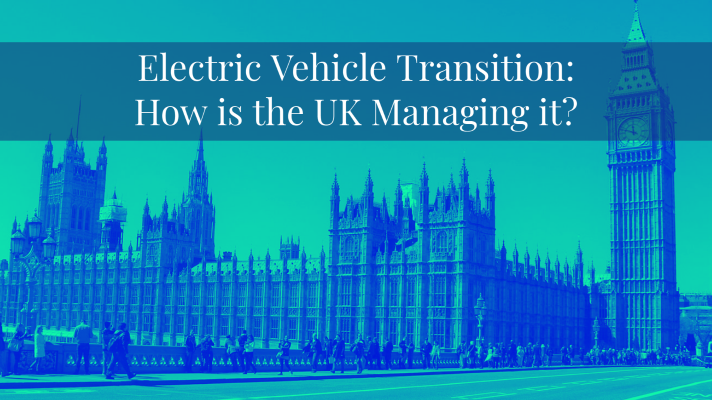Electric Vehicle Transition: How is the UK Managing it?
In March, the UK Government confirmed a ban on diesel and petrol cars sold in the UK from 2030. Preparations are underway for what is arguably the biggest change in UK motoring since 1901 when the first modern motorcar came about. Naturally, such an undertaking requires an infrastructure overhaul in anticipation of the deadline. The electric vehicle market is going to grow massively, so infrastructure needs to support this. So, how is the UK managing the electric vehicle transition?
How Much Money is Being Invested?
Scaling up the country to handle the demands of more EVs on the roads requires a significant spend. Therefore, just under £3billion has been set aside for placement of charging points and the development of long-lasting batteries in UK Giga factories.
Around half of this money will go towards various projects involved in rolling out charge capability. These lie within the home, local communities, and on high-traffic motorways. The rest of the investment will go towards grants for ultra-low emission vehicles. Also, it will go towards investing in ramping up production for necessary EV tech and components.
Fast Charging Infrastructure is Vital
We commented on the likes of the forthcoming Tesla Supercharging site in Oxford due before the turn of the year. Getting car manufacturers and renewable energy companies to buy into the UK’s vision for an EV future is key.
The projected use of smart charging takeup in households to reach 80% by 2050. This includes 45% of homes set to utilise vehicle-to-grid (V2G) technology or the process of feeding energy from an EV back into the National Grid.
High usage areas such as businesses and retail locations will be targeted first. Setting up EV charging stations, ensuring roaming outside of immediate communities becomes increasingly possible.
Collaborative Partnerships and Environmental Benefits
The government are ramping up the speed of their work to accommodate these targets. For example, they plan a reduction of greenhouse gas emissions by 80% before 2050. Switching to renewable energy consumption is effectively the only way that this will be possible. This is why increasing electric vehicle uptake will continue to be a huge priority.
The Tesla Supercharging site in Oxford is just one example of how renewable energy companies, EV charging providers, and vehicle manufacturers can come together in realising a robust, practical vision for the future when it comes to all owners of EVs being able to charge at will.
Tags : 2030, charge points, Charging points, electric car, electric vehicle, EV, Fast charging, Greenhouse gas emissions, Long lasting batteries, Oxford, Petrol and Diesel ban, Renewable energy, Supercharging, Tesla, Tesla supercharging, UK, UK motoring, Ultra low emissions

